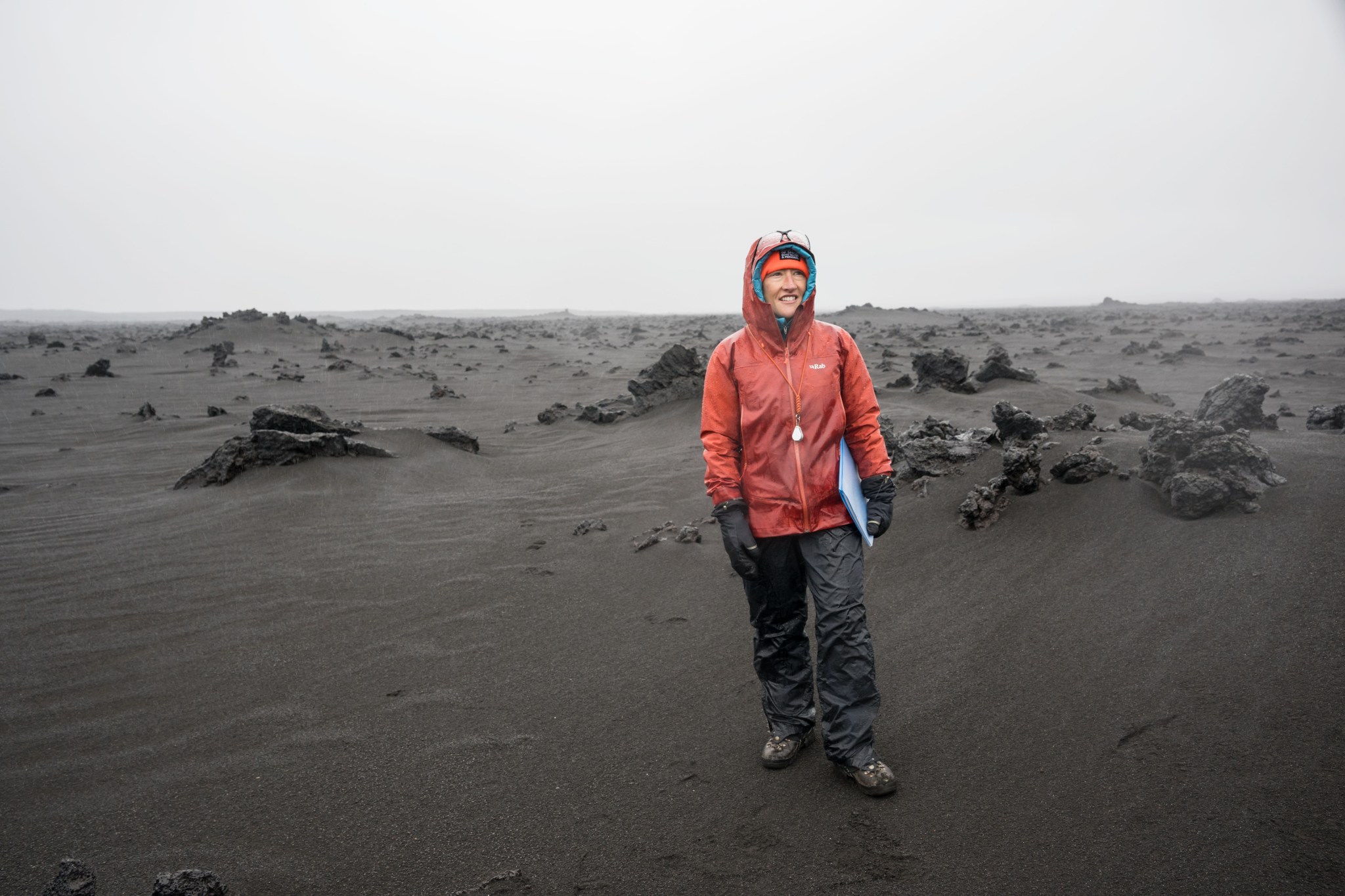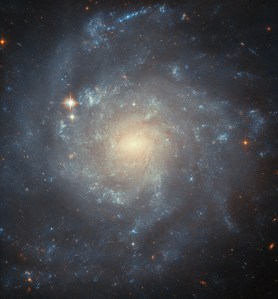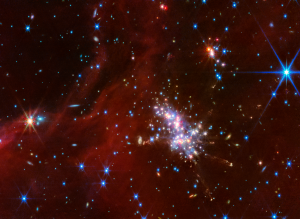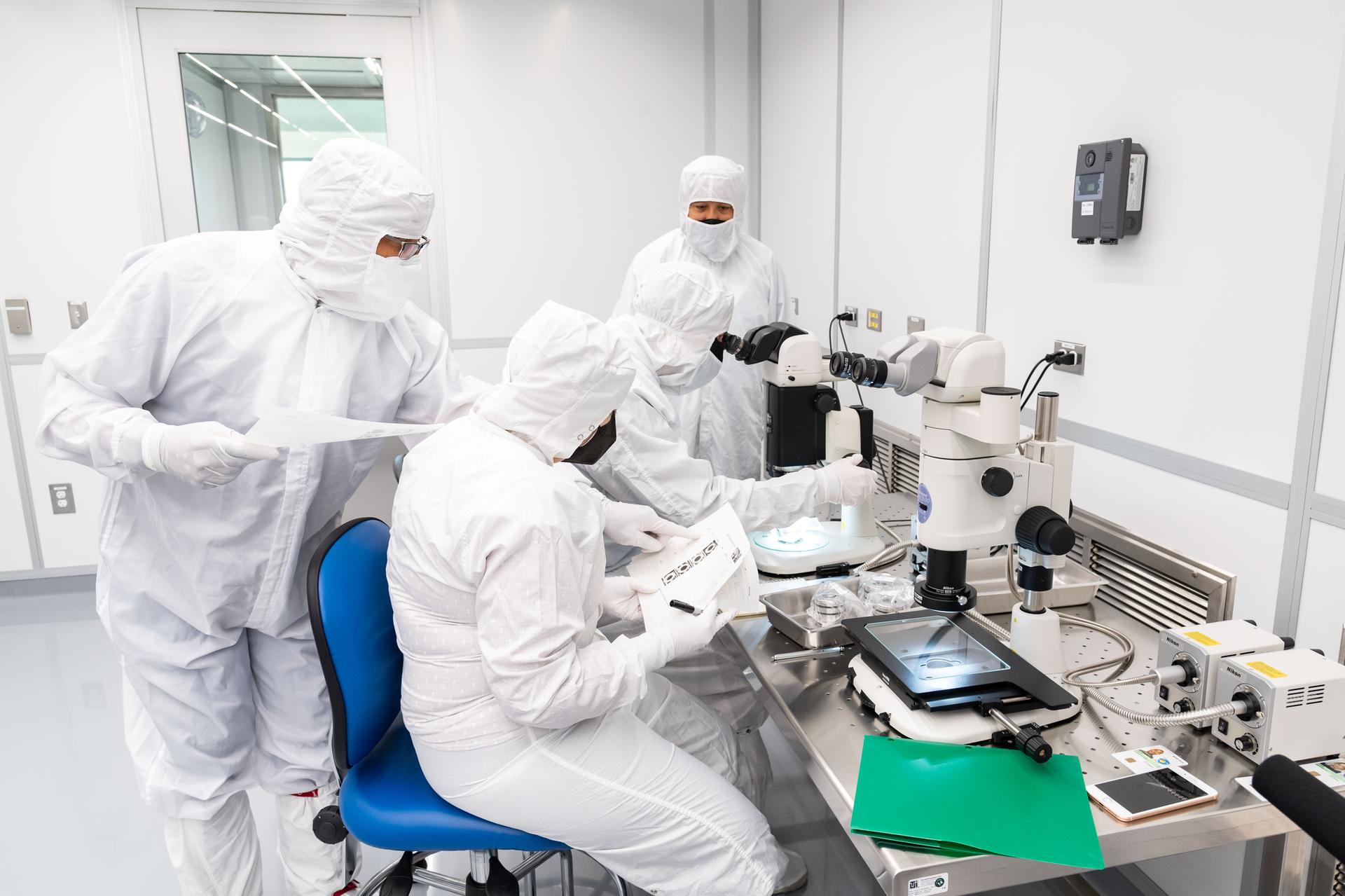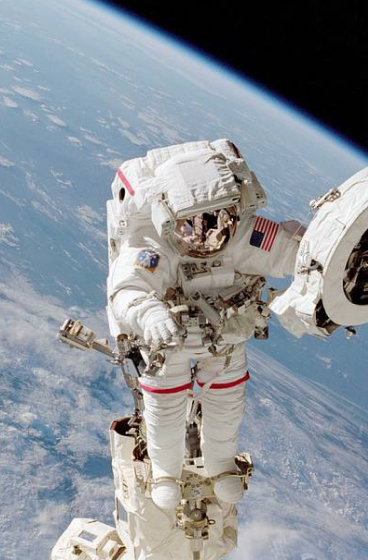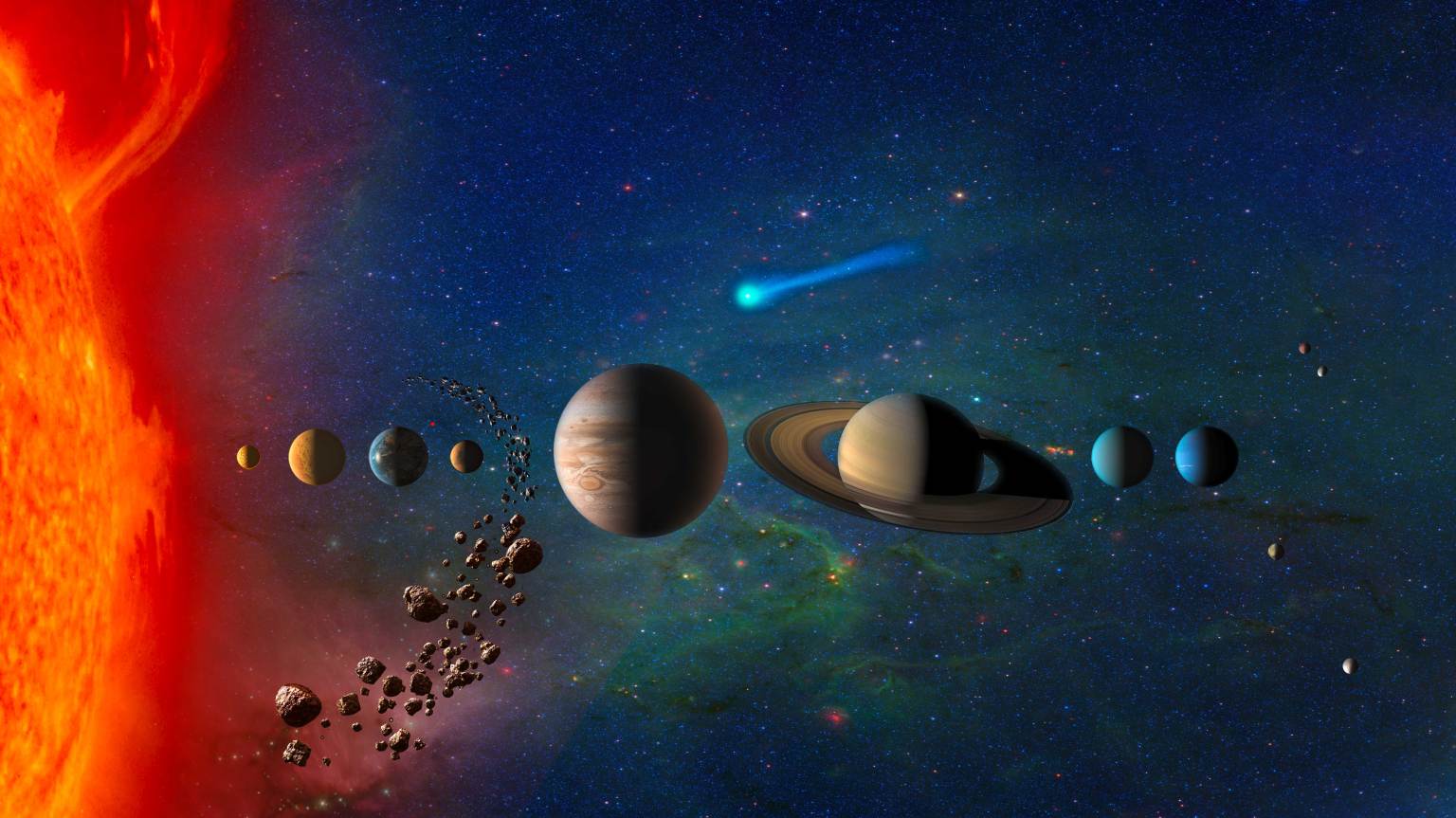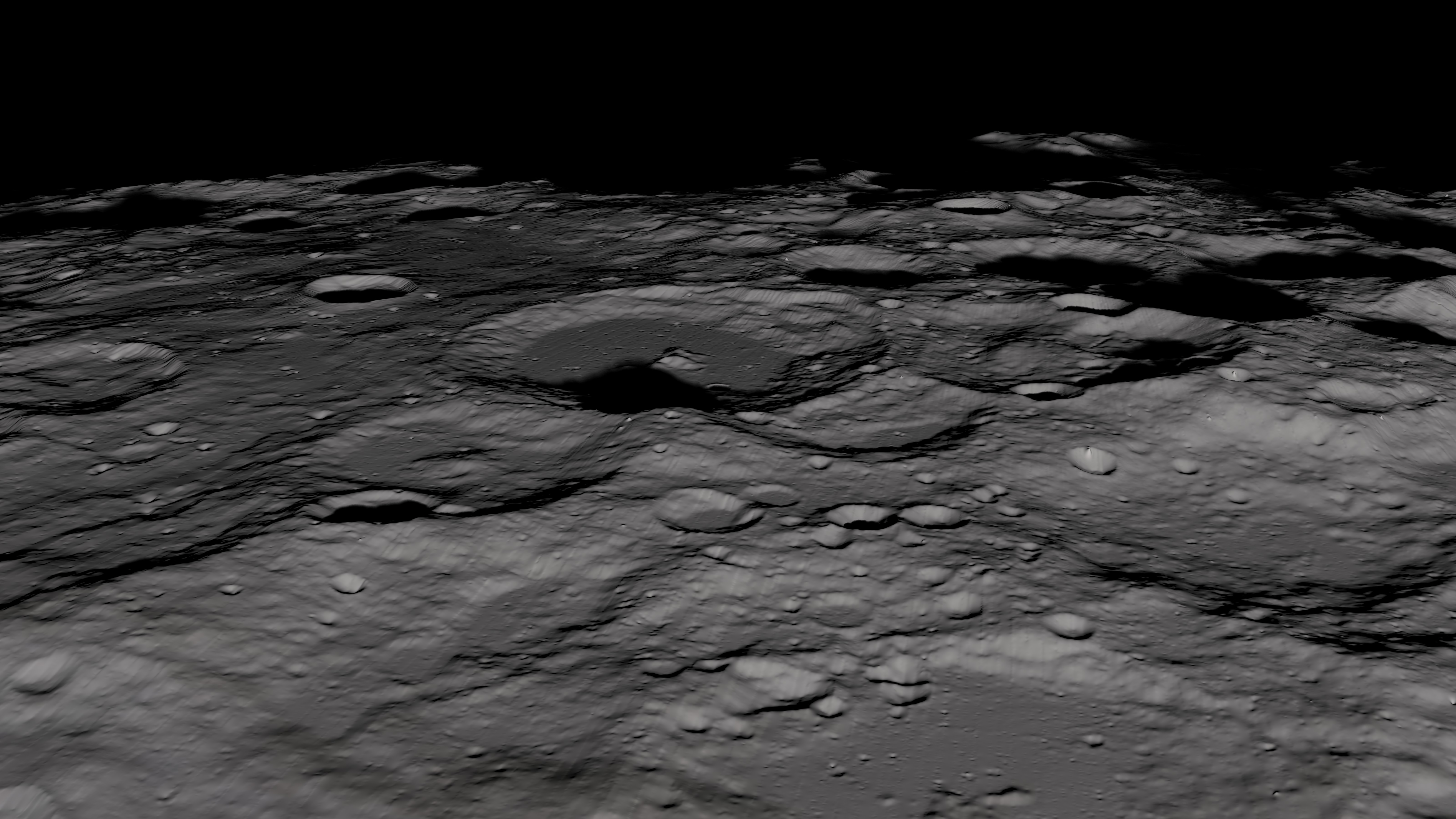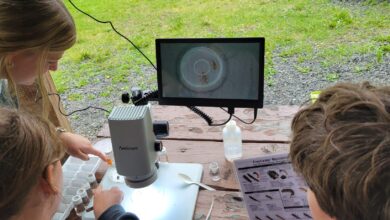NASA’s Artemis II Crew Uses Iceland Terrain for Lunar Training
NASA’s Artemis II Crew Uses Iceland Terrain for Lunar Training
NASA/Trevor Graff/Robert Markowitz
Black and gray sediment stretches as far as the eye can see. Boulders sit on top of ground devoid of vegetation. Humans appear almost miniature in scale against a swath of shadowy mountains. At first glance, it seems a perfect scene from an excursion on the Moon’s surface … except the people are in hiking gear, not spacesuits.
Iceland has served as a lunar stand-in for training NASA astronauts since the days of the Apollo missions, and this summer the Artemis II crew took its place in that long history. NASA astronauts Reid Wiseman, Victor Glover, Christina Koch, and CSA (Canadian Space Agency) astronaut Jeremy Hansen, along with their backups, NASA astronaut Andre Douglas and CSA astronaut Jenni Gibbons, joined geology experts for field training on the Nordic island.
“Apollo astronauts said Iceland was one of the most lunar-like training locations that they went to in their training,” said Cindy Evans, Artemis geology training lead at NASA’s Johnson Space Center in Houston. “It has lunar-like planetary processes – in this case, volcanism. It has the landscape; it looks like the Moon. And it has the scale of features astronauts will both be observing and exploring on the Moon.”
Iceland’s geology, like the Moon’s, includes rocks called basalts and breccias. Basalts are dark, fine-grained, iron-rich rocks that form when volcanic magma cools and crystalizes quickly. In Iceland, basalt lavas form from volcanoes and deep fissures. On the Moon, basalts can form from both volcanoes and lava pooling in impact basins. Breccias are angular fragments of rock that are fused together to create new rocks. In Iceland, volcanic breccias are formed from explosive volcanic eruptions and on the Moon, impact breccias are formed from meteoroids impacting the lunar surface.
Apollo astronauts said Iceland was one of the most lunar-like training locations that they went to in their training.

Cindy Evans
Artemis Geology Training Lead
Along with exploring the geology of Iceland, the astronauts practiced navigation and expeditionary skills to prepare them for living and working together, and gave feedback to instructors, who used this as an opportunity to hone their instruction and identify sites for future Artemis crew training. They also put tools to the test, learning to use hammers, scoops, and chisels to collect rock samples.

“The tools we used during the Apollo missions haven’t changed that much for what we’re planning for the Artemis missions,” said Trevor Graff, exploration geologist and the hardware and testing lead on the Artemis science team at NASA Johnson. “Traditionally, a geologist goes out with just standard tool sets of things like rock hammers and scoops or shovels to sample the world around them, both on the surface and subsurface.”
The Artemis tools have a bit of a twist from traditional terrestrial geology tools, though. Engineers must take into consideration limited mass availability during launch, how easy it is to use a tool while wearing pressurized gloves, and how to ensure the pristine nature of the lunar samples is preserved for study back on Earth.
There’s really transformational science that we can learn by getting boots back on the Moon, getting samples back, and being able to do field geology with trained astronauts on the surface.

Angela Garcia
Exploration Geologist and Artemis II Science Officer
“There’s really transformational science that we can learn by getting boots back on the Moon, getting samples back, and being able to do field geology with trained astronauts on the surface,” said Angela Garcia, exploration geologist and an Artemis II science officer at NASA Johnson.
The Artemis II test flight will be NASA’s first mission with crew under Artemis and will pave the way to land the first woman, first person of color, and first international partner astronaut on the Moon on future missions. The crew will travel approximately 4,600 miles beyond the far side of the Moon. While the Artemis II astronauts will not land on the surface of the Moon, the geology fundamentals they develop during field training will be critical to meeting the science objectives of their mission.
These objectives include visually studying a list of surface features, such as craters, from orbit. Astronauts will snap photos of the features, and describe their color, reflectivity, and texture — details that can reveal their geologic history.
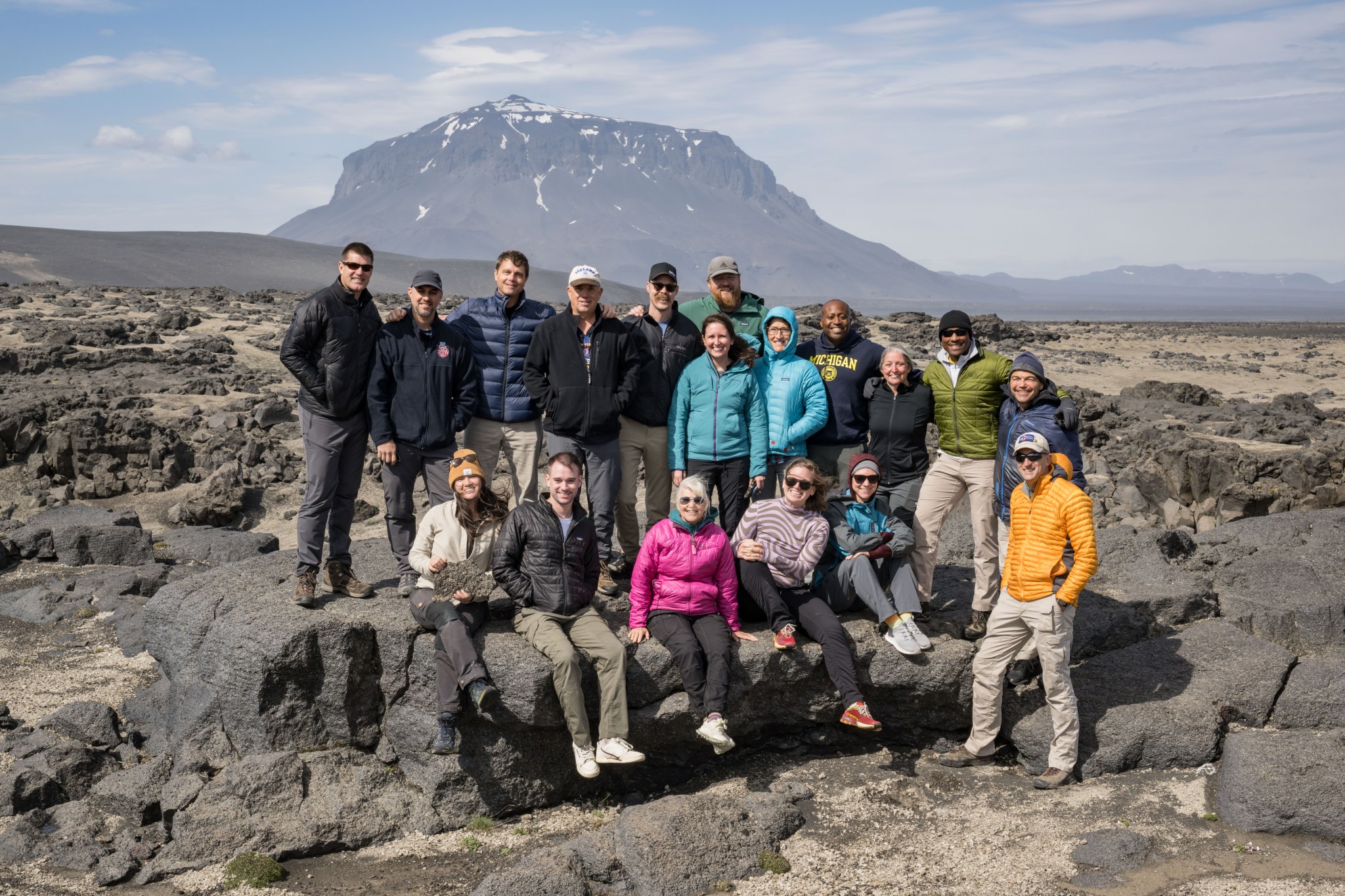
“Having humans hold the camera during a lunar pass and describe what they’re seeing in language that scientists can understand is a boon for science,” said Kelsey Young, lunar science lead for Artemis II and Artemis II science officer at NASA’s Goddard Space Flight Center in Greenbelt, Maryland. “In large part, that’s what we’re training astronauts to do when we take them to these Moon-like environments on Earth.”
Download additional high-resolution images here.
